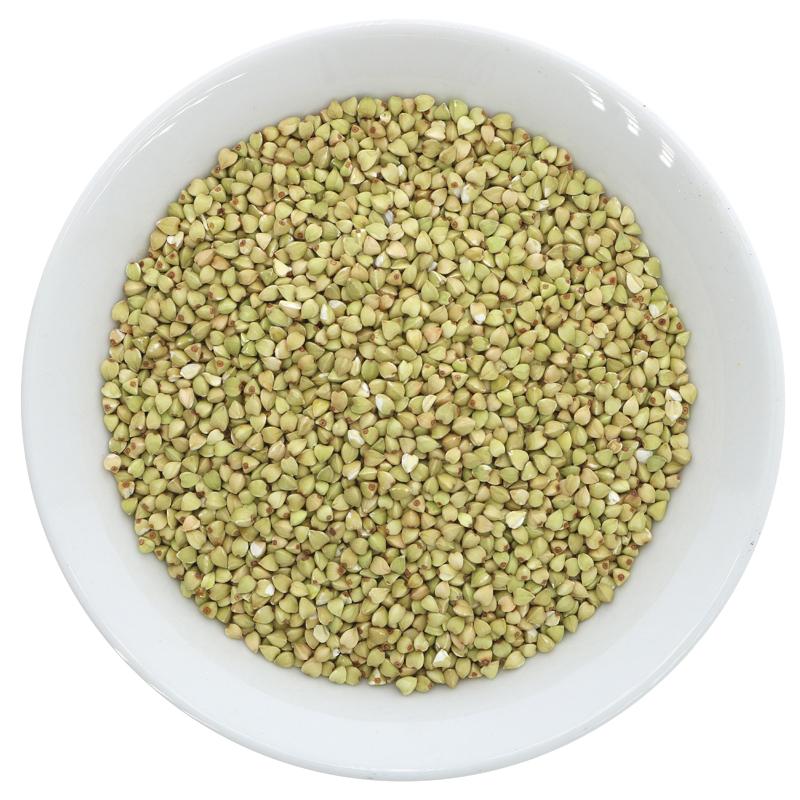Grains - Buckwheat Grouts ORGANIC
Grains - Buckwheat Grouts ORGANIC
Couldn't load pickup availability
Organic Raw Buckwheat (100%)
Store in a dry, cool place away from daylight
Cooking instructions: Cook in 15-20 mins. Use 1 part grain to 3 parts water.
******
BBC Good Food Website says:
What is buckwheat?
Despite its name, buckwheat is actually a seed, rather than a grain (like wheat). Surprisingly, it's related to rhubarb, not other grasses such as wheat, grass or maize. It’s also known as a ‘pseudocereal’ for this reason. As it’s wheat-free, it’s used most commonly as a gluten-free alternative in baking, or as a grain.
What does buckwheat taste like?
It has a nutty, slightly bitter flavour, similar to wholewheat flour or rye. Because of its strong flavour, a lot of recipes call for both buckwheat and wheat flours for better flavour and texture. Buckwheat grains add nuttiness to salads and a chewy texture to veggie burgers or stews. It’s also a source of protein and magnesium.
Buckwheat ‘grains’ or seeds, are also known as ‘groats’ and can be simmered until tender. It’s common practice to wash the grains well before use, but when soaked and then baked, they add crunch to granolas and salads. When soaked and blended before simmering, the buckwheat breaks down into a porridge.
How to cook buckwheat
- Rinse well through a sieve until the water runs clear.
- Toast in a dry frying pan for 2-3 mins until nutty and fragrant (this adds a roasted flavour to the buckwheat, but you don't have to toast it).
- Simmer in boiling water for 5-10 mins until the grains are tender but still have a little bite.
- Drain well.
What is buckwheat?
Despite its name, buckwheat is actually a seed, rather than a grain (like wheat). Surprisingly, it's related to rhubarb, not other grasses such as wheat, grass or maize. It’s also known as a ‘pseudocereal’ for this reason. As it’s wheat-free, it’s used most commonly as a gluten-free alternative in baking, or as a grain.
What does buckwheat taste like?
It has a nutty, slightly bitter flavour, similar to wholewheat flour or rye. Because of its strong flavour, a lot of recipes call for both buckwheat and wheat flours for better flavour and texture. Buckwheat grains add nuttiness to salads and a chewy texture to veggie burgers or stews. It’s also a source of protein and magnesium.
Buckwheat ‘grains’ or seeds, are also known as ‘groats’ and can be simmered until tender. It’s common practice to wash the grains well before use, but when soaked and then baked, they add crunch to granolas and salads. When soaked and blended before simmering, the buckwheat breaks down into a porridge.
How to cook buckwheat
- Rinse well through a sieve until the water runs clear.
- Toast in a dry frying pan for 2-3 mins until nutty and fragrant (this adds a roasted flavour to the buckwheat, but you don't have to toast it).
- Simmer in boiling water for 5-10 mins until the grains are tender but still have a little bite.
- Drain well.


